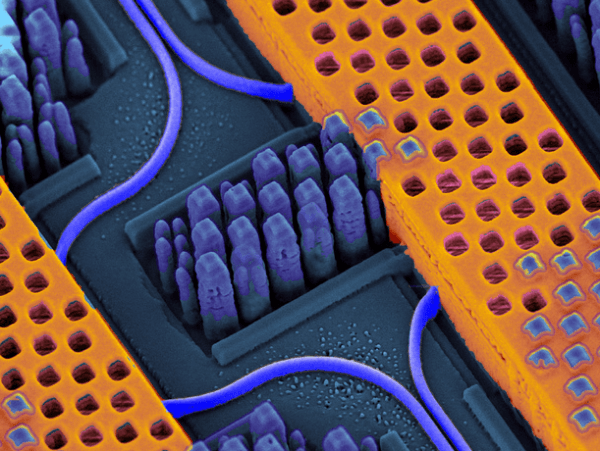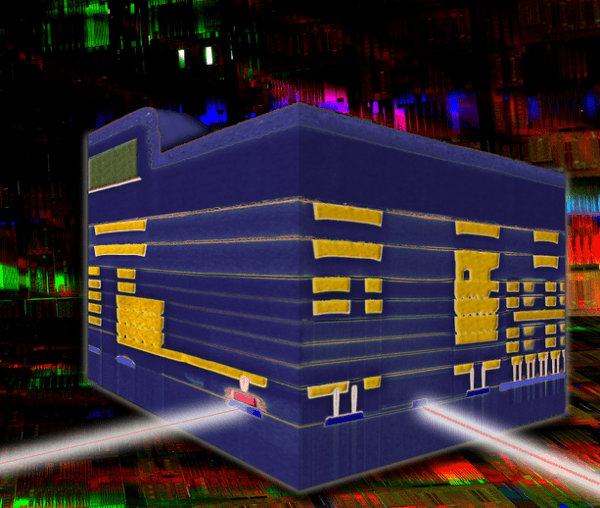A new IBM technology that has been in development for more than 10 years will be showcased this week at the IEEE International Electron Devices Meeting in San Francisco. It's called silicon nanophotonics and according to the technology company, it could extend the life of networking equipment by a significant margin.
The technology uses pulses of light to transmit large amounts of data at very high speeds - up to 25Gbps per channel. Existing optical networks use individual silicon and photonic components but this new method would put all of that functionality onto a single chip.

Solomon Assefa, a nanophotonics scientist for IBM Research, says silicon allows for very dense integration. Instead of having just a single lane, this technology could allow for 50 different lanes, exponentially increasing bandwidth in the process.
Big Blue says the technology will ultimately replace interconnects currently used in data centers, servers and supercomputers. Experts are concerned because computers are becoming faster than the methods used to help them communicate with each other, introducing an unnecessary performance bottleneck that needs a solution before hardware could be pushed further.

This isn't the first we have heard of silicon nanophotonics as IBM published a proof of concept in 2010. Since then, however, they have figured out how to build the components using current generation fabrication processes (90 nanometer, in this instance) while still maintaining the same level of performance and reliability that was originally conceived. They also claim that the technology can become a reality without incurring excessive cost.